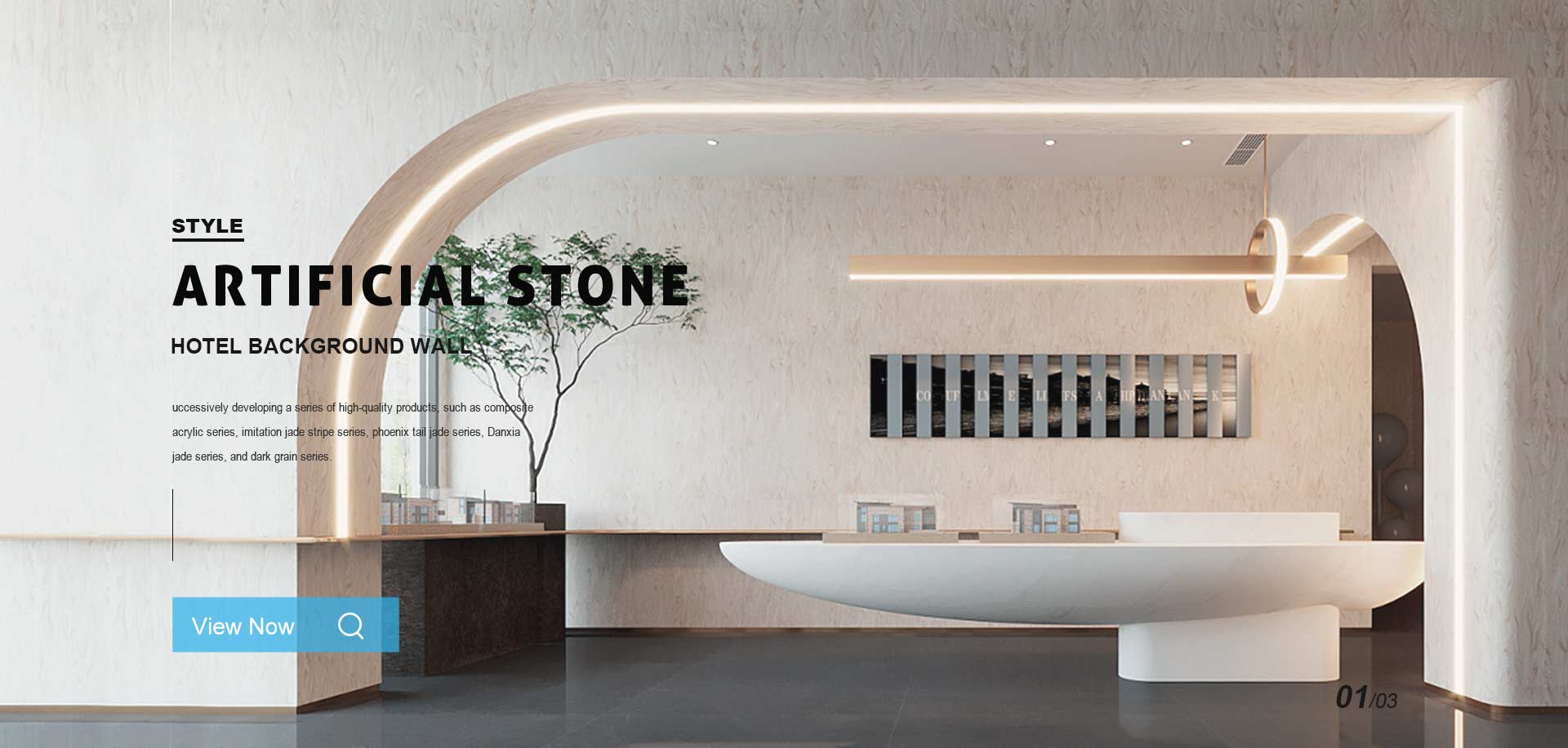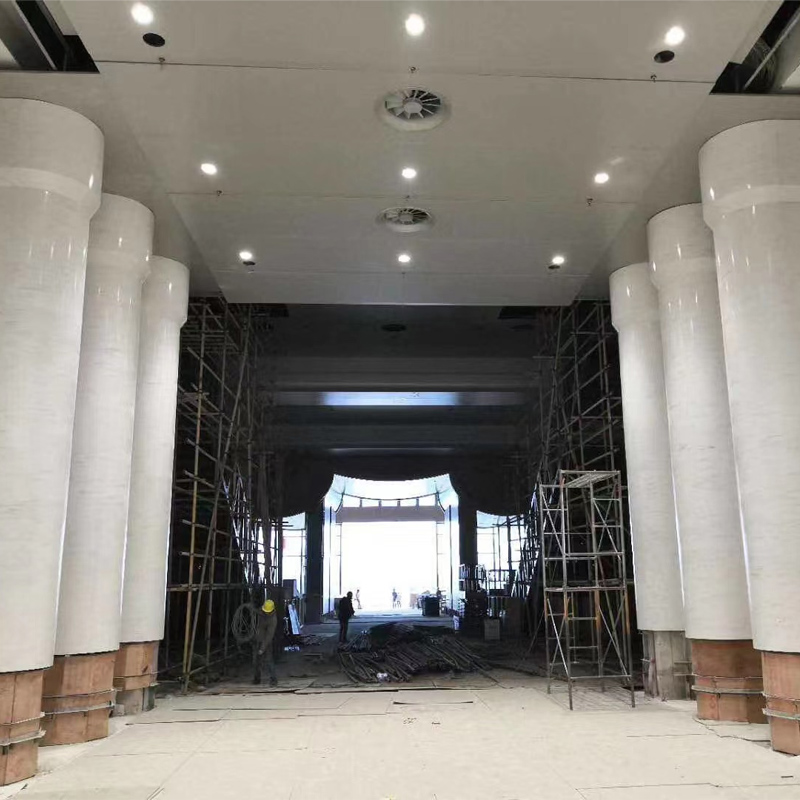

Artificial Stone Clad Columns are architectural elements designed to mimic the appearance of natural stone while offering enhanced durability, lightweight properties, and cost-effectiveness. These columns consist of a structural core (often steel, concrete, or fiberglass) wrapped with artificial stone veneers or panels, crafted from materials like polyurethane, fiber-reinforced concrete, or composite resins. The surface replicates textures such as limestone, granite, or sandstone, providing aesthetic versatility for both interior and exterior applications. Ideal for modern construction, they resist weathering, require minimal maintenance, and allow customizable designs. Commonly used in facades, porches, and decorative pillars, they blend traditional elegance with contemporary engineering efficiency.
Artificial Stone Clad Columns: Key Features and Technical Advantages
Artificial stone clad columns combine aesthetic appeal with structural performance, offering a versatile alternative to natural stone. Below are 4-6 defining characteristics with technical specifications:
1. Lightweight Construction
With an average density of 1.8-2.2 g/cm³ (vs. natural stone's 2.5-3.0 g/cm³), these columns reduce dead loads by 25-40%. A typical 300mm diameter column weighs just 18-22 kg/m, simplifying transportation and installation while maintaining structural integrity.
2. High Compressive Strength
Engineered to withstand 35-50 MPa compressive strength (ASTM C170), exceeding many sedimentary stones. Reinforced cores allow load-bearing capacities up to 1,200 kN for standard 400mm square columns in commercial applications.
3. Precision Dimensional Tolerance
Manufactured to ±1.5mm dimensional accuracy (EN 1469 standards), ensuring seamless jointing. Modular segments typically feature 2-5mm controlled expansion gaps, accommodating thermal movement of 0.8mm/m at Δ50°C.
4. UV-Stable Color Retention
Advanced polymer-modified pigments maintain ΔE<3 color shift after 6,000 hours of QUV testing (ISO 4892-3). The 7-9 Mohs hardness surface resists fading better than porous limestone (ΔE>5 under same conditions).
5. Customizable Finishes
Available in 150+ texture variations (from honed to rock-faced) with minimum radii of 75mm for curved profiles. Digital printing achieves 98% color matching to geological samples at 1400dpi resolution.
6. Low Thermal Conductivity
The 0.85-1.05 W/(m·K) thermal conductivity (ASTM E1225) provides 30% better insulation than granite, with CTE of 8×10-6/°C minimizing thermal stress cracking risks.
These technical attributes make artificial stone columns ideal for both decorative and structural applications in modern architecture.
1. Architectural Facades & Building Exteriors
Artificial stone-clad columns are widely used in modern architecture to enhance building exteriors. Their lightweight yet durable nature allows for creative designs in commercial complexes, residential towers, and institutional buildings. The material mimics natural stone while offering better weather resistance and lower maintenance costs.
2. Luxury Interior Design
High-end residential and hospitality spaces frequently incorporate artificial stone columns for grand entrances, lobby features, or decorative room dividers. The material's versatility enables custom finishes from polished marble effects to rustic textures, complementing various interior styles from classical to contemporary.
3. Landscape Architecture
In outdoor environments, these columns serve as structural and aesthetic elements in pergolas, gateways, and garden features. Their UV-resistant properties and ability to withstand temperature fluctuations make them ideal for parks, resorts, and urban landscaping projects.
4. Retail & Exhibition Spaces
Commercial designers utilize artificial stone columns to create brand-specific atmospheres in flagship stores and trade show booths. The material allows for rapid installation and customization, enabling temporary or permanent structural features that convey premium quality.
5. Heritage Restoration
When renovating historical buildings, artificial stone cladding provides cost-effective solutions to replicate eroded original columns. Advanced manufacturing techniques can match period-specific textures and profiles while improving structural integrity.
6. Event & Stage Design
The entertainment industry benefits from lightweight artificial stone columns for theatrical sets, wedding venues, and corporate events. Their portability and realistic appearance enable dramatic stage designs without the weight limitations of natural stone.
Here are 5 Q&A pairs about **Artificial Stone Clad Columns** with HTML/CSS text styling:
Artificial stone clad columns are decorative or structural pillars covered with lightweight, man-made stone veneers. They mimic natural stone but are easier to install and more cost-effective.
Common materials include polyurethane, fiberglass, or concrete composites. The veneers are often coated with UV-resistant finishes for durability.
They're used in both indoor (lobbies, fireplaces) and outdoor (porches, gate entrances) settings for aesthetic or load-bearing purposes.
Artificial columns are lighter, cheaper, and require less maintenance, but may lack the unique texture of natural stone.
Yes! They come in various colors, textures (e.g., limestone, granite), and sizes to match architectural designs.
(Note: Adjust colors/fonts per your brand guidelines.)